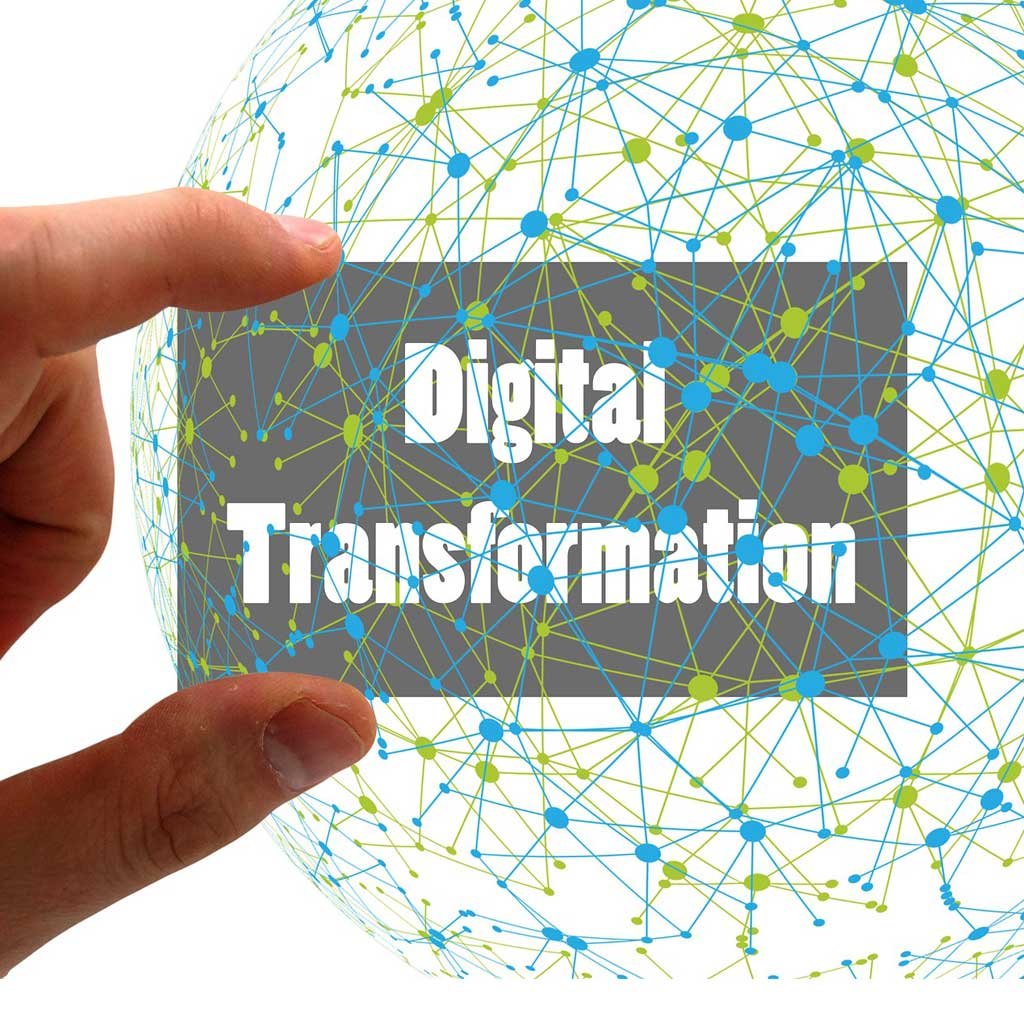
The Digital Revolution: Unveiling the Impact of Digital Transformation on Customer
Last updated: March 21, 2024 | Digital Techtune
In the modern business landscape, digital transformation has become synonymous with innovation, agility, and customer-centricity. As businesses strive to stay ahead in a rapidly evolving digital ecosystem, the impact of digital transformation on customer experience has emerged as a critical area of focus. This essay delves into the multifaceted ways in which digital transformation influences customer experience, exploring its effects on engagement, satisfaction, and loyalty.
Understanding Digital Transformation and Customer Experience
Digital transformation represents a strategic shift in organizations’ approaches to leveraging digital technologies to drive operational efficiencies, enhance decision-making processes, and create value for customers. It encompasses a wide range of technologies, including artificial intelligence, data analytics, cloud computing, Internet of Things (IoT), and automation, among others. At its core, digital transformation aims to enable businesses to adapt to the ever-changing digital landscape, meet evolving customer expectations, and capitalize on emerging opportunities.
Customer experience, on the other hand, refers to the sum of all interactions and touchpoints between a customer and a brand throughout the entire customer journey. It encompasses every aspect of the customer’s interaction with the company, from initial awareness and consideration to purchase, post-purchase support, and beyond. A positive customer experience is crucial for building brand loyalty, fostering customer advocacy, and driving long-term profitability.
Impact of Digital Transformation on Customer Experience
1. Personalization and Customization:
Digital transformation has already revolutionized the way customize the customer experience and businesses personalize. Through the use of data analytics and artificial intelligence, organizations can gather vast amounts of customer data and derive actionable insights into preferences, behaviors, and purchasing patterns. Armed with this information, businesses can tailor products, services, and marketing messages to meet the individual needs and preferences of customers. Personalization enhances relevance, increases engagement, and fosters a deeper connection between the brand and the customer.
2. Seamless Omnichannel Experience :
Digital transformation has enabled businesses to provide a seamless omnichannel experience, allowing customers to interact with the brand across multiple channels and touchpoints seamlessly. Whether through websites, mobile apps, social media platforms, or physical stores, customers expect a consistent and integrated experience. Digital technologies such as cloud computing and APIs facilitate the integration of backend systems, enabling real-time data sharing and synchronization across channels. As a result, customers can transition effortlessly between online and offline channels, enjoying a cohesive and frictionless experience.
3. Enhanced Customer Service and Support :
Digital transformation has transformed customer service and support, empowering businesses to deliver faster, more efficient, and more personalized assistance. Chatbots powered by artificial intelligence and natural language processing enable automated responses to customer inquiries, providing instant support 24/7. Moreover, self-service portals and knowledge bases allow customers to find answers to their questions independently, reducing reliance on human agents. By leveraging digital technologies, businesses can improve response times, resolve issues more effectively, and enhance overall satisfaction.
4. Data-Driven Decision Making:
Digital transformation provides businesses with access to vast amounts of data, enabling data-driven decision-making across all aspects of the customer experience. Advanced analytics tools allow organizations to analyze customer behavior, identify trends, and uncover actionable insights. By leveraging data, businesses can optimize marketing campaigns, personalize product recommendations, and anticipate customer needs. Moreover, predictive analytics can help forecast customer demand, optimize inventory management, and improve resource allocation, leading to greater efficiency and profitability.
5. Innovation and Differentiation:
Digital transformation fosters innovation and differentiation by enabling businesses to develop new products, services, and business models. Emerging technologies such as the Internet of Things, augmented reality, and virtual reality open up new opportunities for creating immersive and engaging customer experiences. For example, IoT-enabled devices can provide real-time usage data, allowing businesses to offer proactive maintenance services and personalized recommendations. Similarly, augmented reality and virtual reality technologies can enhance product visualization and enable virtual try-on experiences, driving engagement and conversion.
6. Empowerment of Customer Feedback and Collaboration:
Digital transformation empowers customers to provide feedback, share experiences, and collaborate with businesses in co-creating value. Social media platforms, online review sites, and customer feedback portals serve as channels for customers to voice their opinions and concerns publicly. Businesses can leverage this feedback to identify areas for improvement, address customer grievances, and enhance product offerings. Moreover, co-creation initiatives, such as ideation platforms and beta testing programs, enable customers to participate in the innovation process, fostering a sense of ownership and loyalty.
7. Agility and Adaptability:
Digital transformation enables businesses to become more agile and adaptable in responding to changing market conditions and customer preferences. Cloud-based infrastructure and agile development methodologies allow for rapid experimentation and iteration, reducing time-to-market for new products and features. Moreover, digital channels provide real-time feedback and performance metrics, enabling businesses to monitor and adjust strategies on the fly. By embracing agility, businesses can stay ahead of the competition, seize opportunities, and mitigate risks more effectively.
8. Trust and Transparency:
In an era of data privacy concerns and security breaches, trust and transparency are critical components of the customer experience. Digital transformation initiatives must prioritize data privacy, security, and compliance to build and maintain customer trust. Transparent data practices, such as clear privacy policies and consent mechanisms, reassure customers about the handling of their personal information. Moreover, proactive communication and accountability in the event of security incidents demonstrate a commitment to customer welfare. By prioritizing trust and transparency, businesses can cultivate long-term relationships with customers and differentiate themselves in the market.
Digital transformation is reshaping the customer experience landscape, empowering businesses to deliver personalized, seamless, and innovative experiences across all touchpoints. From personalized recommendations and omnichannel engagement to enhanced customer service and data-driven decision-making, digital transformation enables businesses to meet the evolving needs and expectations of customers. By embracing digital technologies and fostering a customer-centric culture, businesses can differentiate themselves in the market, drive loyalty, and sustain long-term success in the digital age.

